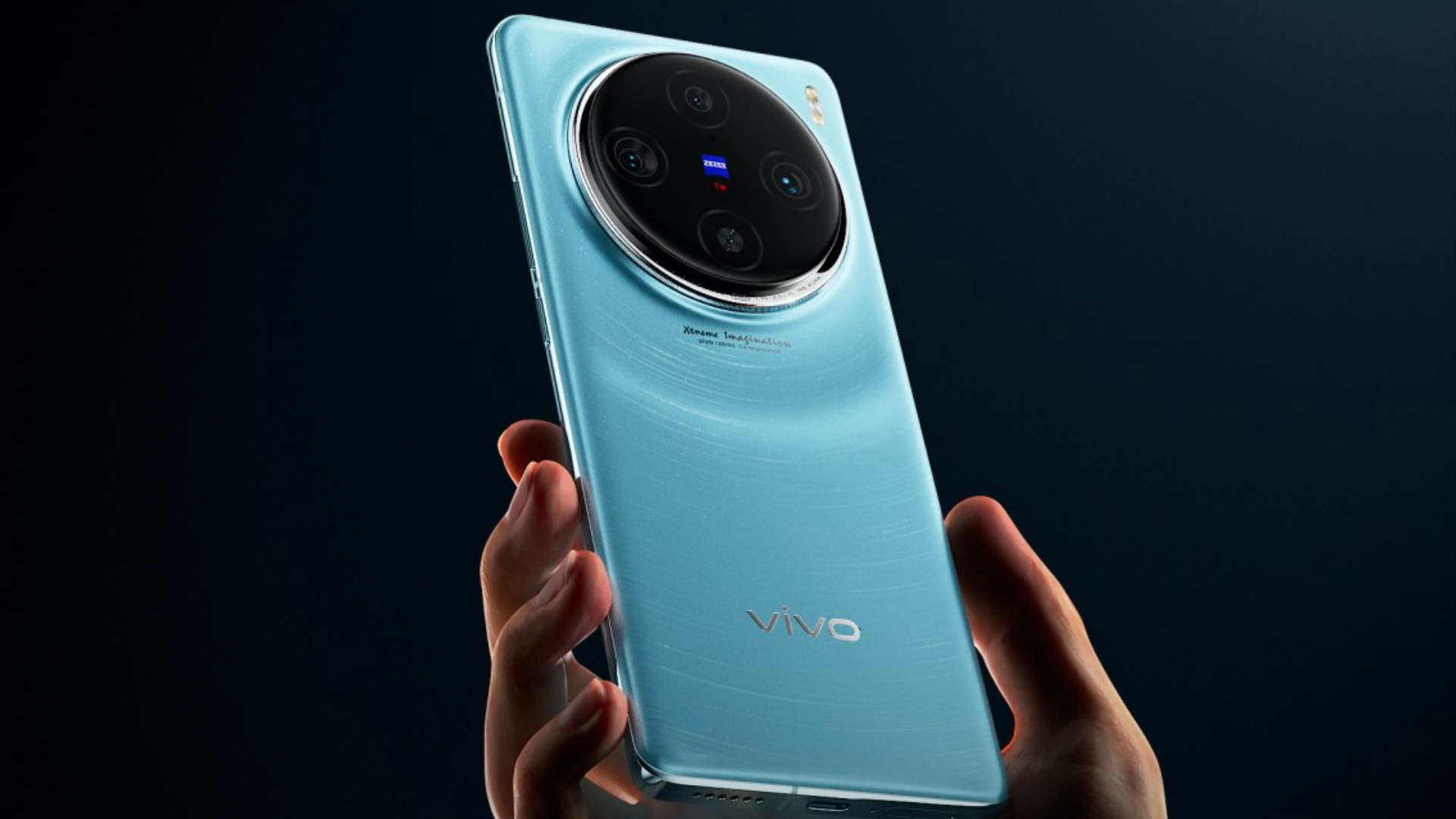When a worldwide chip scarcity led many smartphone manufacturers to postpone launches last year, upstart Chinese brand Realme took a gamble in India. Realme chose to get its processors from a largely unheard-of Shanghai manufacturer after realizing that it was having trouble finding processors from global leaders like Qualcomm Inc.
In an interview at a coffee shop near the company’s regional headquarters outside of New Delhi, Madhav Sheth, the CEO of Realme India, stated, “What I want to do is bring more affordability to the India market.” According to him, Realme adheres to all Indian legal requirements and supports working with authorities.
Realme’s relatively trouble-free sailing contrasts sharply with the challenges that its more powerful competitors have encountered. Apple had a protracted dispute with the government over a spam-detection tool that reads users’ call histories and had to fight it out with officials for years simply to open retail locations in the country. This year, the government cracked down on market leader Xiaomi, trying to seize more than $700 million from the Chinese business, which alarmed India’s whole budding electronics sector.
By shipping volume, Realme held 16 percent of the Indian smartphone market in the first quarter of this year, up from 11 percent in the same period last year. It only trails Samsung’s 20 percent and Xiaomi’s 23 percent, and according to Counterpoint, it was the only player to increase in double digits last year while competitors shrank.
Requests for a response from Samsung and Xiaomi personnel were not answered.
However, Realme, which has connections to the more well-known brand Oppo, needs to be cautious in India because Chinese businesses there have already had to deal with the consequences of a border conflict between the two nations in 2020. Since then, more than 200 Chinese apps have been prohibited in New Delhi, and tax authorities have raided prominent smartphone manufacturers like Xiaomi and Oppo.
India has a complex relationship with China, and there is inevitably to be a certain level of government surveillance of China-based enterprises. We are likely to see some sense of normalcy returning to the business if there is a thaw in the icy relationship between New Delhi and Beijing, however, if things go south in the relationship, it could affect business.
India has also attempted to support the growth of regional businesses. The government unveiled a nearly $7 billion plan in 2020 to provide financial incentives to boost domestic smartphone production and exports. The creation of “local champions,” or smartphone behemoths, that can not only serve domestic clients but also compete with the finest in the world, was a crucial component of that goal.
Realme and other overseas brands are attracting more customers due to a perceived quality advantage, but domestic smartphone players Lava and Micromax have been unable to take advantage of such incentives. According to us, Realme stands out by fusing affordable rates with high-end features.
According to an Indian user who used a Samsung handset, “a superior battery life and lower price encouraged him to convert to a Realme smartphone two months ago.”
Realme doesn’t want its success to be limited to simply mobile devices, unlike its competitors who exploit the glitz and glamour of Indian cricket and Bollywood to sell their smartphones. It has planned to begin local tablet and laptop assembly this month as part of its India expansion strategy. The business would also spend 100 million rupees to manufacture wireless earbuds, launch a design studio, and expand its network of single-brand outlets from 300 to 600 in two years. According to him, those changes will aid Realme in increasing its sales by 50% over the next two years.
Although Realme has performed well in India thus far, it must prepare for difficult times to come because of rising prices, lengthened phone replacement cycles, and the impending global recession, smaller businesses like Realme will likely have to tighten their budgets, and that’ll probably be their biggest challenge. Deep-pocketed players like Samsung have other businesses to fuel the growth of their smartphone units in this environment.























